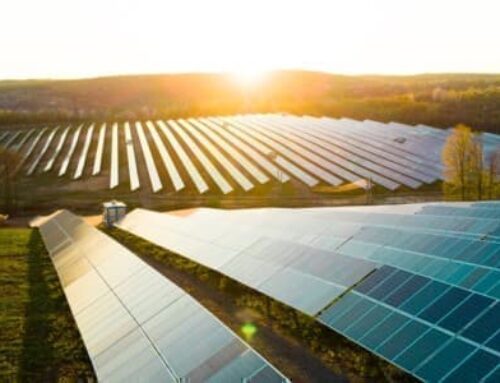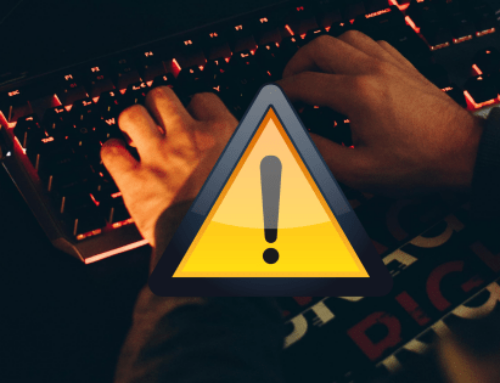Susan Shelley: The state’s fake market in renewables
February 8, 2025

This 2014, file photo shows an array of mirrors at the Ivanpah Solar Electric Generating site in the Mojave Desert in San Bernardino County. (AP
file photo)
Want to see a magic trick? Watch this:
“During 40 of the last 48 days, clean energy exceeded grid demand consumed at a point during the day; compared to only seven days all of last year.”
Did you see it? Reality vanished in front of your eyes. Look again.
The statement appeared in a news release sent out by Gov. Gavin Newsom’s office last May. Thanks to some verbal sleight-of-hand, your eye sees what appears to be great progress toward “the state’s ambitious goal of 100% clean electricity by 2045.” From seven days in a year to 40 out of 48!
Here’s how the trick is done. It only happened “at a point during the day.”
To illustrate: on Thursday at 1:35 in the afternoon, data from the operator of California’s grid (CAISO.com) showed that renewable energy was providing 57% of the electricity needed by the state. Are we more than halfway to our target of 100% “clean” electricity?
Only if you live in a place where it’s never summer and it’s never night. Eight hours later, at 9:35 p.m., renewables were producing less than 19% of the state’s electricity needs. Natural gas, hydro and nuclear energy accounted for about 37%, 10% and 9%, respectively. Another 15% of the electricity used in California was imported on transmission lines from other states. Batteries were good for 10%, but only until midnight when they run out.
So it doesn’t matter at all how many days the state reaches 100% “clean” electricity “at a point during the day,” because the rest of the day and night we need natural gas, hydro, nuclear and imported electricity, or else the power’s going to go out.
Believers will say things such as “we’ve made great progress with renewables,” but this is just more magical thinking. Let’s bring up the house lights and see reality.
The first sign that you’ve been tricked is the fake market for renewable energy. California has imposed mandates on utilities to buy electricity generated by solar, wind, geothermal, biomass and biogas. Abracadabra! Demand has been created.
Now, to create supply, government subsidies and tax advantages materialize out of the money in your wallet. This magic created the Ivanpah Solar Electric Generating System on five square miles of the Mojave Desert near the Nevada border.
After the 2008 financial meltdown, the Obama administration was looking for “shovel-ready” projects to shower with federal stimulus cash. Apparently somebody looked in a drawer and found the abandoned plans for Ivanpah.
Outdated by the time it opened, the facility was comprised of hundreds of thousands of giant mirrors installed in circles around three spiky towers topped with capsules. The mirrors reflected the sun into the capsules, causing liquid inside to boil and send up steam that rotated turbines, generating electricity. To keep the liquid warm at night, Ivanpah burned natural gas.
In 2015 the solar plant was cited by the California Air Resources Board for emitting greenhouse gases without a permit.
Ivanpah was a creation of government force. It was propped up with your tax dollars — $1.6 billion in federal loan guarantees and $600 million in federal tax credits. And because California forced utilities to buy renewables, Pacific Gas & Electric and Southern California Edison signed expensive contracts for Ivanpah’s power and passed the cost to their customers.
Now, however, much like the unlucky birds that flew through the air above the mirrors, Ivanpah is toast.
PG&E recently announced that it reached a deal with Ivanpah’s owners to get out of its contract. SCE says it’s having similar discussions. The $1.6 billion federal loan hasn’t been paid off yet, so we can guess that your tax dollars have vanished into thin air.
But you’re also paying for subsidized energy projects as a utility customer. Want to see another trick? Electricity rates shall levitate!
Residential average rates charged by San Diego Gas & Electric rose 83% in the 10 years from January 2014 to October 2024. Southern California Edison rates were up 86%. PG&E rates climbed an ear-popping 118%. The increases are far above the rate of inflation, which was 34% for the same period.
These figures come from the Public Advocate’s Office of the California Public Utilities Commission, which also reports that nearly 20% of the customers of these three utilities, more than 2.2 million households, are behind on their electricity bills by an average of $821.
Magical thinking isn’t free.
The use of government subsidies and government force to create a fake “market” leads to terrible outcomes. In the real market, smart investors competing for opportunities will happily fund a promising technology. If investors aren’t interested, that should be taken as a sign that government shouldn’t spend your money on it.
But in California, investor rejection was taken as a sign to create “central procurement” for offshore wind energy. Assembly Bill 1373 authorizes a state agency to buy electricity from offshore wind projects and sell it to utilities, which can pass the cost straight through to customers.
Here’s a trick you’ve seen before: a new study in the journal Renewable Energy found that last year, for a few months in late winter and early spring, renewables met 100% of the state’s electricity demand for “up to” 10 hours on 98 days.
What’s the plan for the rest of the hours and months? Supposedly, lots of industrial-size facilities filled with stacked batteries.
On Jan. 16, a battery storage facility in Moss Landing, near Monterey, had its third fire, exploding in flames that burned for four days under a cloud of toxic gases. Now there are high levels of heavy metals in the soil and water, endangering a sensitive ecosystem and alarming residents.
A similar facility is planned for San Juan Capistrano, and Gov. Newsom has already signed a law (AB 205 in 2022) to override local opposition.
Batteries only last four hours. The truth is, California relies on oil and gas for heat, electricity and transportation.
Magic is an illusion, not an energy policy.
Write Susan@SusanShelley.com and follow her on X @Susan_Shelley
Search
RECENT PRESS RELEASES
Related Post








